Natural diamonds have long captivated people with their brilliance and rarity. Formed deep within the Earth over billions of years, these precious stones are symbols of love, luxury, and endurance. However, the beauty of diamonds has also been marred by a darker side: the trade of conflict diamonds.
What Are Natural Diamonds?
Natural diamonds are carbon crystals formed under extreme pressure and temperature conditions deep beneath the Earth’s surface. Unlike lab-grown diamonds, which are produced in controlled environments, natural diamonds are mined from the Earth and are valued for their uniqueness, rarity and geological history. Before they reach jewelry stores, diamonds undergo a complex journey from mine to market.

The Problem of Conflict Diamonds
In the late 1990s and early 2000s, the diamond industry faced international scrutiny over the trade of "conflict diamonds" or "blood diamonds." These are diamonds mined in war zones and sold to finance armed conflict against governments. The most notorious cases occurred in parts of Africa, where diamond profits funded brutal civil wars and human rights abuses.
The Kimberley Process: An Industry Safeguard
To address this issue, the Kimberley Process Certification Scheme (KPCS) was established in 2003. The name comes from Kimberley, South Africa, where representatives from diamond-producing countries met in 2000 to discuss a solution. It's a system involving governments, the diamond industry, and civil society that is aimed at preventing conflict diamonds from entering the global market.
The Kimberley Process Involves:
Certification: Each shipment of rough diamonds must be accompanied by a government-issued certificate stating they are conflict-free.
Transparency: Governments must implement internal controls and share trade data to monitor compliance.
Participation: Only countries that adhere to the Kimberley Process rules can legally trade rough diamonds with one another.
As of today, over 80 countries are participants, covering the vast majority of the global diamond trade.

Is It Working?
The Kimberley Process has been successful in reducing the share of conflict diamonds in the global market—from an estimated 15% in the 1990s to less than 1% today. However, The Kimberly Process still faces some concerns, including:
Narrow definitions of what qualifies as a conflict diamond.
Weak enforcement in some member countries.
Lack of oversight in areas where corruption is prevalent.
Despite these concerns, the Kimberley Process remains a critical step toward ethical diamond sourcing and continues to evolve in response to new challenges.

Why It Matters
The Kimberley Process empowers consumers and jewelers to make more informed, responsible choices. By supporting conflict-free diamonds, buyers can contribute to a more ethical and transparent diamond trade.
Natural diamonds are enduring symbols of beauty and commitment. Thanks to the Kimberley Process and ongoing advocacy, it's now easier than ever to ensure that your diamond was sourced responsibly.




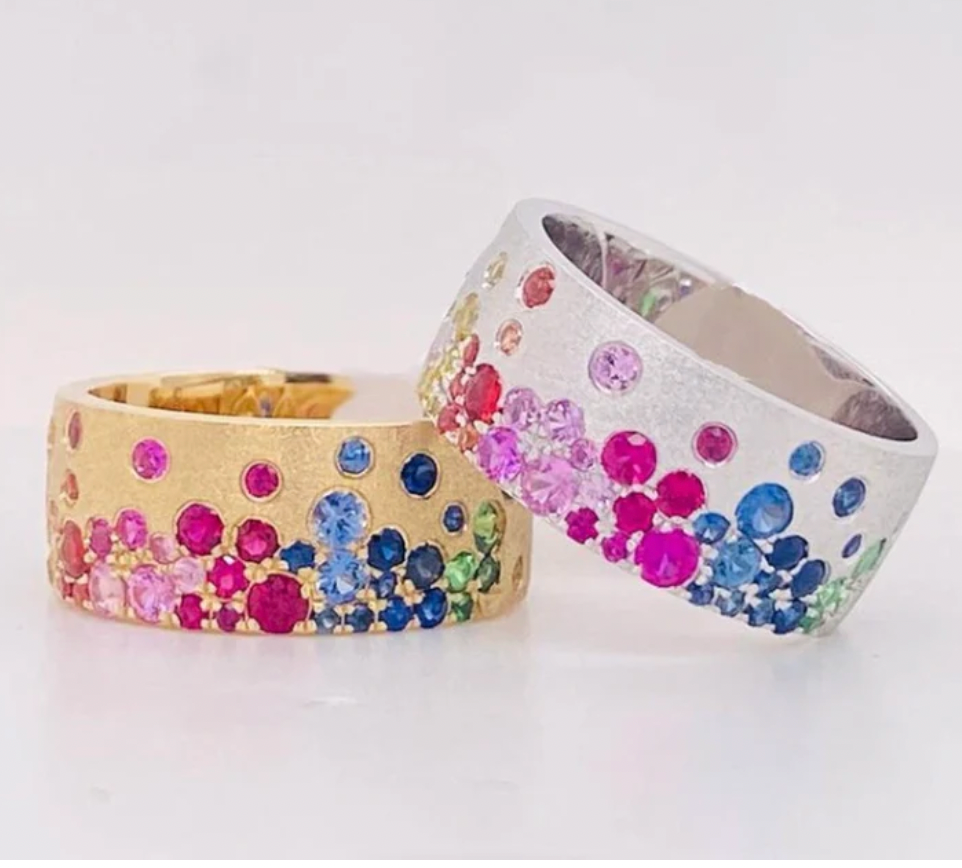
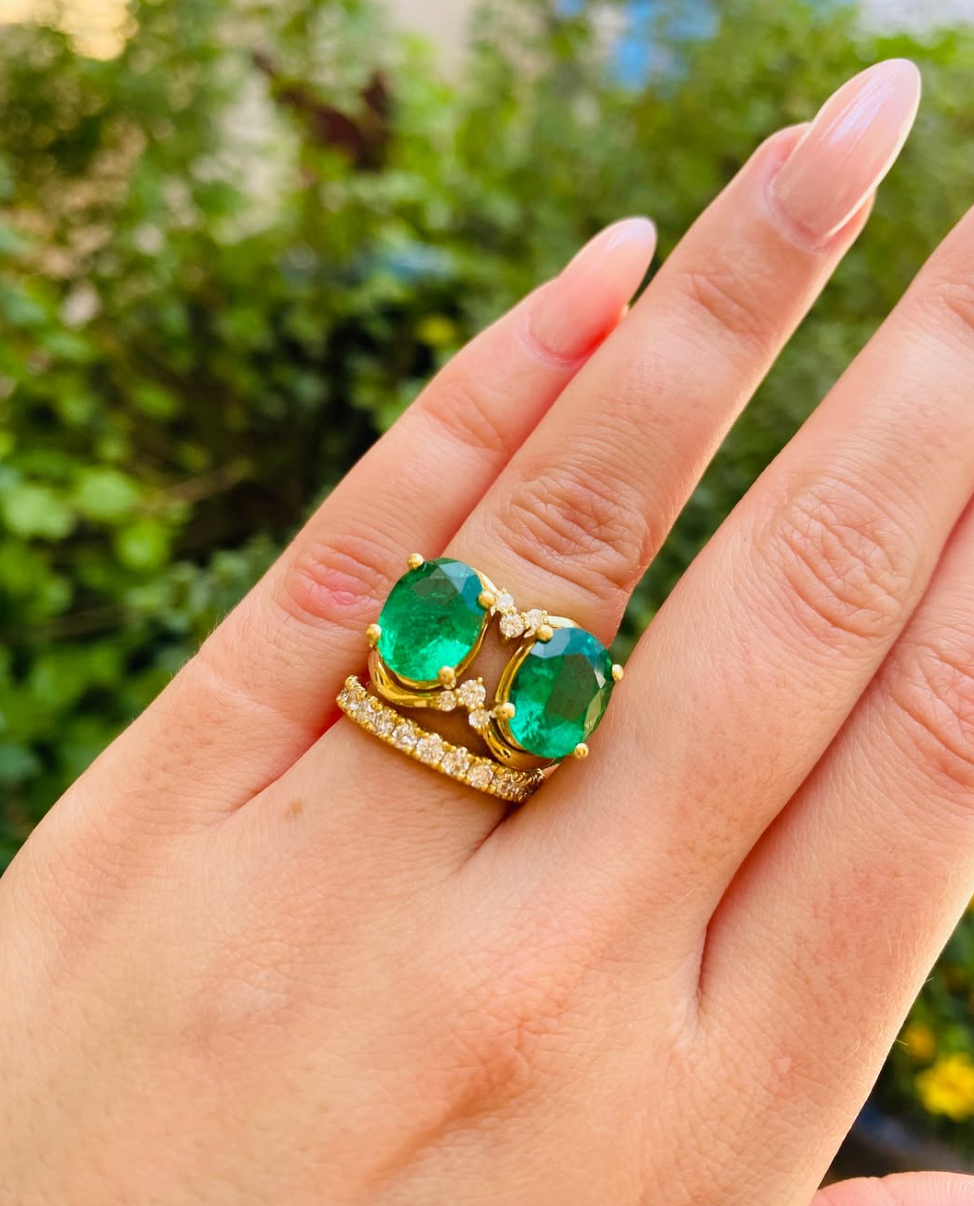







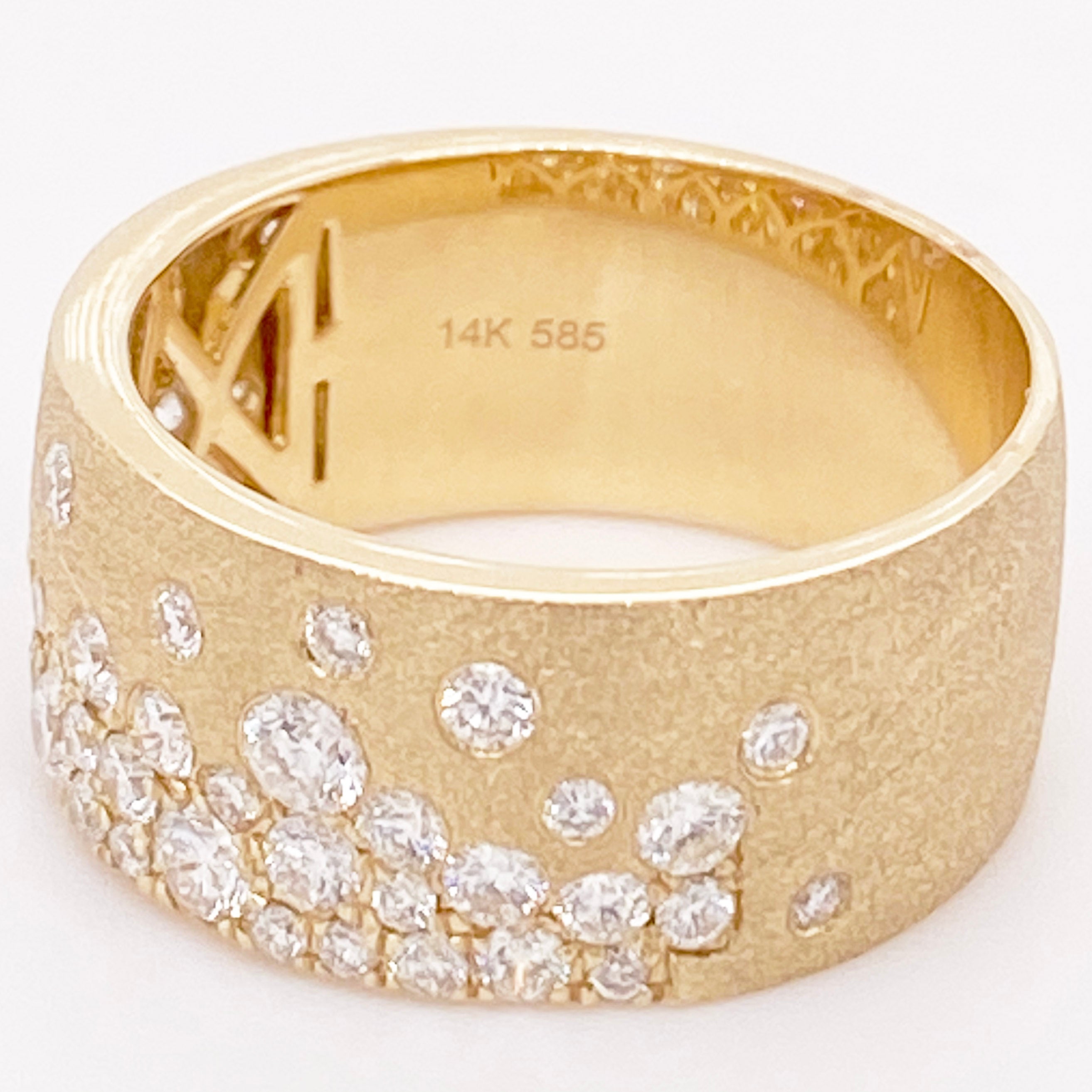
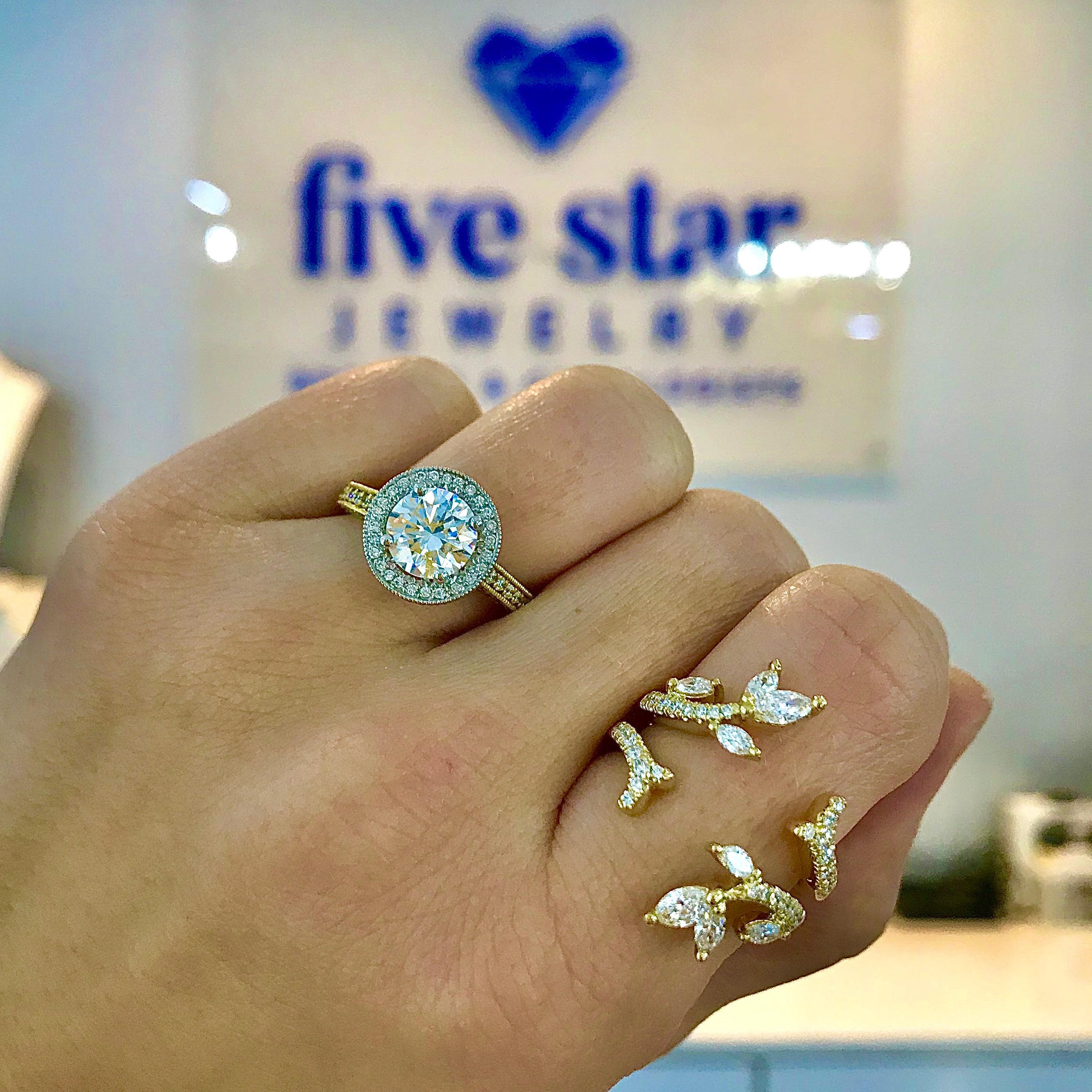
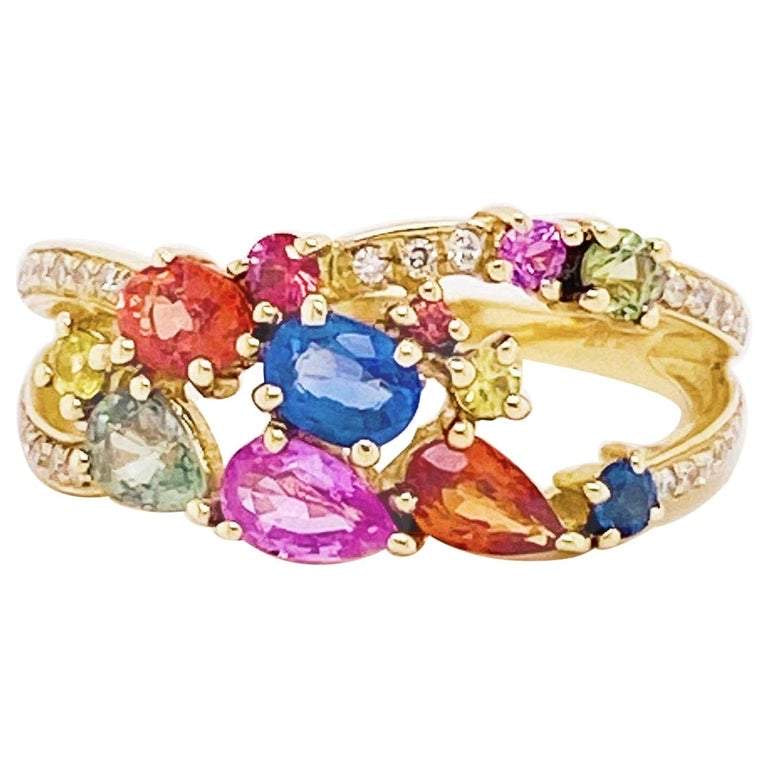



Leave a comment